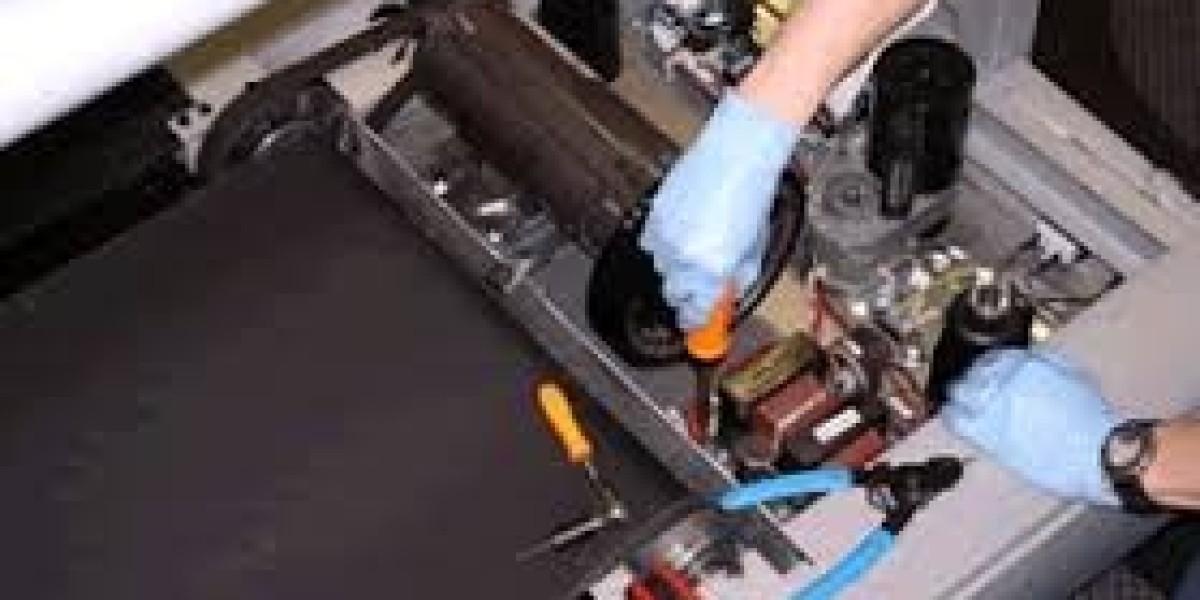Fitness enthusiasts know the importance of maintaining their exercise equipment to ensure effective workouts and longevity. Regular maintenance, including parts replacement, plays a crucial role in keeping fitness machines running smoothly. Whether you're a gym owner or an avid home gym user, understanding when and how to Fitness equipment parts replacement is essential for optimal performance and safety.
Importance of Regular Maintenance
Fitness equipment, like any machinery, undergoes wear and tear with repeated use. Components such as belts, cables, bearings, and electronic components can degrade over time, affecting the machine's performance and safety. Regular maintenance not only prolongs the life of your equipment but also enhances user experience by ensuring smooth operation and minimizing downtime.
Signs That Parts Need Replacement
Unusual Noises: Grinding, squeaking, or clunking sounds often indicate worn-out bearings, loose components, or misaligned parts.
Decreased Performance: Machines that feel sluggish or require more effort to operate than usual may have issues with belts, motors, or resistance mechanisms.
Visible Wear and Tear: Inspect components regularly for signs of wear such as frayed cables, cracked belts, or rusted frames.
Safety Concerns: Loose or damaged parts pose safety risks. Address any instability, wobbling, or unexpected movements promptly.
Commonly Replaced Parts
Belts and Chains: Treadmill belts, elliptical drive belts, and stationary bike chains endure significant stress and should be replaced when they show signs of wear to prevent slippage and accidents.
Cables and Pulleys: Used in strength training equipment, cables and pulleys wear out due to tension and friction. Replace them if they become frayed or lose tension.
Bearings and Bushings: Found in joints and moving parts, bearings and bushings facilitate smooth motion. Replace them if you notice stiffness, grinding noises, or excessive play.
Electronic Components: Displays, control panels, and sensors are vital for monitoring workouts. Replace malfunctioning electronics promptly to maintain accurate data and user safety.
Steps to Replace Fitness Equipment Parts
Identify the Problem: Diagnose the issue by observing symptoms and performing basic inspections.
Order Correct Parts: Consult equipment manuals or manufacturers for part specifications. Ensure compatibility and quality.
Prepare the Workspace: Clear the area around the equipment. Use appropriate tools and safety gear.
Disassemble Carefully: Follow manufacturer guidelines to avoid damaging surrounding components. Document the process if needed.
Install New Parts: Align and secure replacements according to instructions. Test functionality before reassembling fully.
Test and Adjust: Run the equipment to verify proper operation. Make adjustments as necessary.
Regular Maintenance Schedule: Create a schedule for routine inspections and preventive maintenance. Keep records of parts replacements and repairs.
Benefits of Professional Services
For complex repairs or large-scale gym equipment, consider professional services. Certified technicians have expertise in diagnosing issues, sourcing quality parts, and ensuring installations meet safety standards. This approach minimizes downtime and maximizes equipment lifespan, making it a cost-effective investment for commercial gyms and dedicated fitness enthusiasts.
Conclusion
Maintaining fitness equipment through timely parts replacement is crucial for its performance, longevity, and user safety. By understanding the signs of wear, identifying commonly replaced parts, and following proper replacement procedures, gym owners and individuals can ensure their workout gear remains in optimal condition. Whether you DIY or enlist professional help, regular maintenance will ultimately enhance your fitness experience and support your health goals for years to come.



